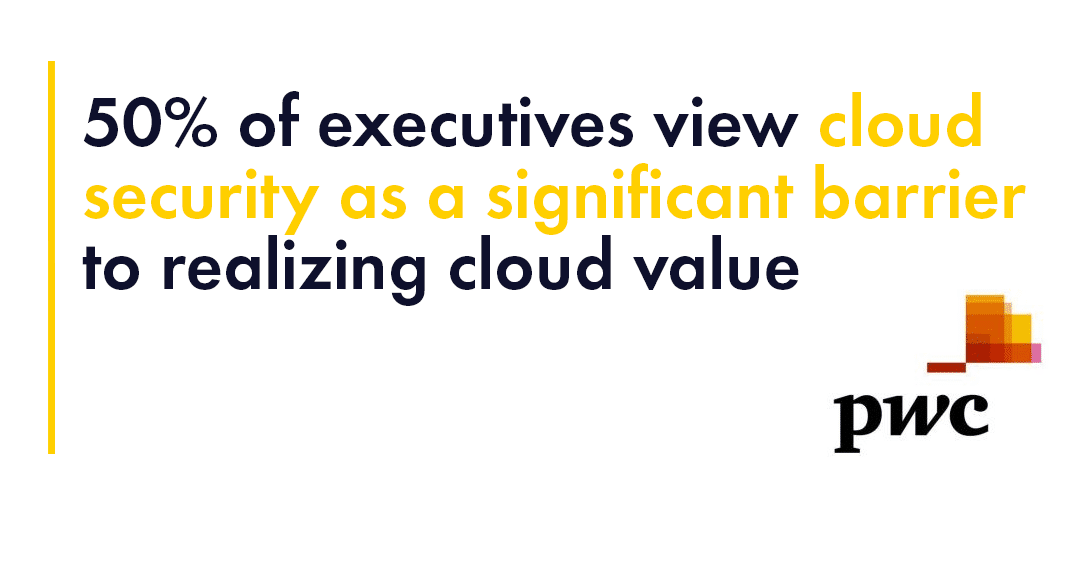
4 trends driving cyber security in the public sector
The public sector is under increased pressure to improve its cyber security posture. This is driven by several factors, including the ever-evolving threat landscape and the growing reliance on digital services.
We explore some of the key trends driving cyber security in the public sector. These include the need for improved incident response capabilities, greater transparency around data breaches, and increased investment in cyber security. Read on to find out more about these trends and how they are impacting the public sector.

Building the new perimeter around identity
The working boundaries that used to mark the line between ‘safe’ and ‘unsafe’ have dissolved. Work is no longer a place, but an activity, and the pandemic has only accelerated the move to remote work.
The remote working trend means defining what’s a safe network, device, or login and what isn’t is now much more complex. Keeping on top of security for hundreds or even thousands of individual users, all connecting via a whole range of setups, seriously increases the risk of a continuity-breaking attack.
Simple practices like password protection no longer cut it. To ensure public safety and data security, public sector teams need strong identity security solutions.
The rise of cloud services

Keeping with wider industry trends, the public sector has seen a significant rise in the use of cloud applications and services in recent years. This brings with it a slew of new opportunities and potential pitfalls. While these services have enabled organizations to manage data and operations more efficiently, they also present an increased risk of data breaches.
The ability to deploy robust cyber security solutions that support both cloud-native capabilities and existing on-premise systems is essential for protecting sensitive data from unauthorized access or compromise. Cyber security retrofitted to the cloud is leaving the public sector vulnerable.
The importance of security awareness training
Security Awareness Training is becoming increasingly important. The latest Verizon report identified it as the top protective control for the public sector. And it’s a trend worth paying attention to – as technology continues to evolve, it is important employees’ knowledge keeps pace.

Security awareness training teaches people within organizations to recognize, respond and protect themselves from malicious cyber threats — ensuring that everyone is aware of best security practices, data privacy compliance and cyber protection measures. It is an invaluable tool for obtaining a strong security posture.
The role of technology in protecting against cyber threats
The Government Cyber Security Strategy 2022–2030 specifies the importance of harnessing emerging technologies. Technology, including AI-based solutions, will become integral to winning the fight against cyber-attacks. In fact, the NCSC say “Artificial Intelligence (AI) is fast becoming the ‘next big thing’ in security.”
AI can help add an extra layer of monitoring, detection, and protection against attacks. Implemented properly, it can detect unauthorized activities or suspicious network traffic while creating a secure environment to handle sensitive data.
AI-driven cyber security solutions are continuously evolving to keep pace with the ever-changing landscape of cyber threats. With the help of autonomous cyber security, the public sector has another weapon against the increasingly sophisticated methods used by malicious actors.
Protecting the public sector
The public sector must be proactive in cybersecurity to protect against the growing threats of cyber-attacks. There are trends that are driving the need for increased security measures, including the rise in remote working, the increasing use of cloud services, and the threat of cyber-attacks on critical infrastructure. Awareness and training are important components of protecting against these threats. Technology also plays a role in cybersecurity, and there are various tools that can be used to protect against cyberattacks.
How Censornet can help the public sector
Traditional methods of access control, such as passwords and physical keys, are no longer sufficient. The new perimeter is not an ironclad wall – it is always adapting and working in concert with the context and identities of users. By leveraging additional identity and context – including identity attributes, location information, previous digital activity and device details – organizations can confidently grant access only to those who require it, in turn improving their security posture. Censornet’s cloud-native Security Platform enables organisations to work with this new perimeter, as well as protecting users across email, web and cloud applications with data loss prevention and security awareness training.
